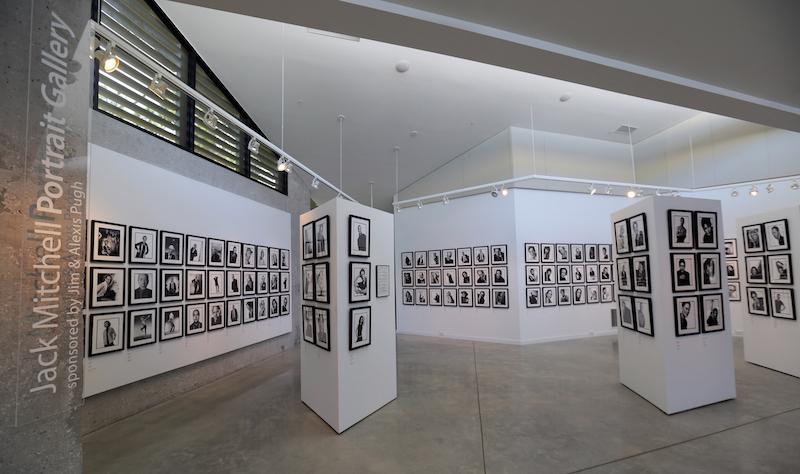It has always been my dream to be a fashion designer or a painter, but the harsh reality is that if I stay in the arts, I’m most likely to stay in poverty.
After coming to Pitt, although primarily majoring in economics, I decided to add history of art and architecture as my secondary major. I’ve since learned that the prosperity of the art market is based on cheap art labor from low-income artists.
The art industry is hindering the economic potential of struggling artists, and we need to address the issues that artists face in the pursuit of their art. The creation of art is not purely an elitist interest — so why are they the only ones who can afford to pursue it?
Between 2005 and 2012 the average student loan debt rose 58 percent to an average of $27,250, according to FICO, an analytics software company.
Student loans are the only ones that cannot be erased by declaring bankruptcy. Indebted art students are potential art workers, and their tough economic situation implies the severity of economic disparity in the art market and the urgency of solving unpaid and low-paid problems of people working for arts.
In recent years, the art market has boomed to record levels with an estimated $66 billion in sales for 2014, which was the highest sum since the pre-recession days of 2007, according to The European Fine Art Foundation’s annual art market report. However, the majority of this wealth goes to auction houses, galleries, dealers, collections, museums and a few celebrated art stars.
For artists whose works appeared on the auction market in 2013, 55 percent of the work sold was sold for less than $3,444.12, and 90 percent was sold for less than $57,402.00.
The activities of art industries are usually supported by employees who are paid standard or below standard rates, while a large number of artists and associates work without receiving payment. The latter contributes to the work of museums, galleries and even the production of someone else’ works of art without receiving financial compensation for their artistic labor.
These grievances are not isolated occurances, and piling debt hurts and limits the quality of the art world.
Debtfair, an ongoing artistic campaign to expose the relationship between economic inequality in the art market and artists’ growing debt burdens, is attempting to develop a discussion about the effects that a growing mass of debt has on the work of artists.
The campaign features a site where artists can exhibit their work alongside short statements about their economic realities. Individual artist debts are compiled into a running tally located at the top of the site to emphasize that debt is an issue that unites us more than it divides. Currently, the tally is at $1,962,082.67.
Greg Sholette’s book, “Dark Matter,” which Debtfair members like Noah Fischer, a New York-based artist and activist, have hailed, explores the “dark matter” hidden behind the shining art world — a huge mass of labor.
He argues that the labor of art workers, including assistants, installers, museum guards and adjunct professors, who generate valuable art objects and exhibitions, are confined to the bottom of the pyramid by art world institutions such as galleries, art fairs, art centers and auctions.
The hidden crisis of struggling artists is not a distant problem, it hits close to home, impacting artists in Pittsburgh.
This summer, as part of my honors thesis in the HAA department, I focused on the economic situation of art workers in Pittsburgh. I collected a total of 36 questionnaires from artists working in various design fields in Pittsburgh.
When asked about their income level, 22 people determined their income level as being between the minimum wage in Pennsylvania, $7.25 per hour, and the mean of the national hourly wage of arts occupations, $26.82.
Four people determined that their incomes from art were less than the minimum wage, $7.25 an hour, and only six people earned incomes over $26.82 an hour. Four people were unable to answer the question because their income was unstable, they did not want to talk about their income or because they didn’t regard art in a material way.
For those who would discuss their income from art, 19 people were not satisfied or very unsatisfied, and 13 people were barely satisfied with their art income. Only two people were very satisfied with their art income.
Most respondents revealed that, at some point in time, they have worked in the arts without receiving payment. Sixteen people worked in unpaid labor very often, and 15 people worked as free labor but not very often. Merely five people were consistently paid for their artwork.
The unpaid labor mainly related to community service, volunteer works, favors for friends, internships and installation of exhibitions. Except for three people who did not answer the question, 24 indicated that they are against unpaid art labor, while only nine people thought art labor could sometimes be free for the reason of helping friends, the pleasure of volunteering or because they love art.
Most art workers are dissatisfied with their income from the arts. Most hold more than one part-time job to meet their living costs, according to my questionnaire results.
Every artist that chooses to forgo work in art due to economic instability is innovation lost from the world.
If your passion is work in art, prepare to devote a tremendous amount of cheap labor — for only the hope that stardom can bring you economic security.
Shengyu Wang primarily writes about culture and social issues for The Pitt News.
Write to Shengyu at shw81@pitt.edu.


